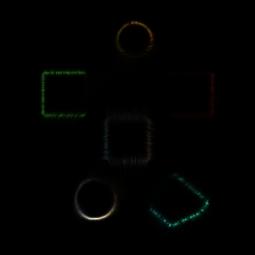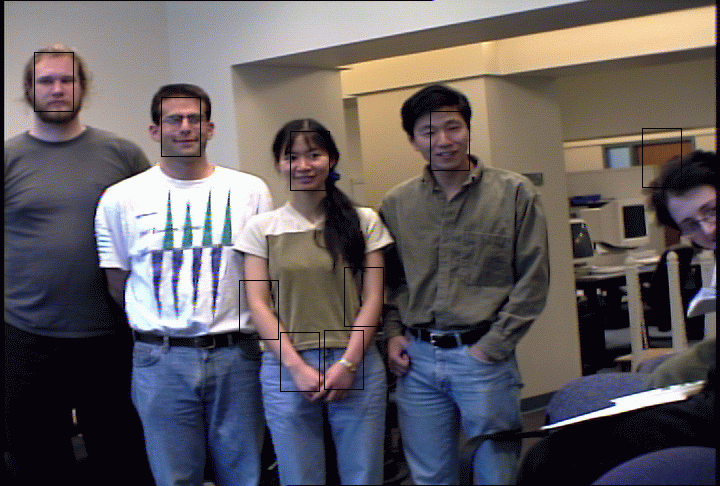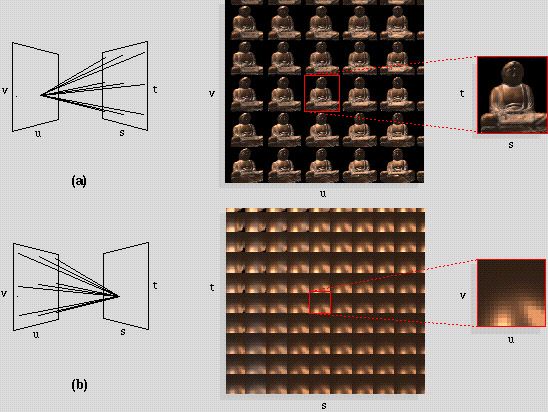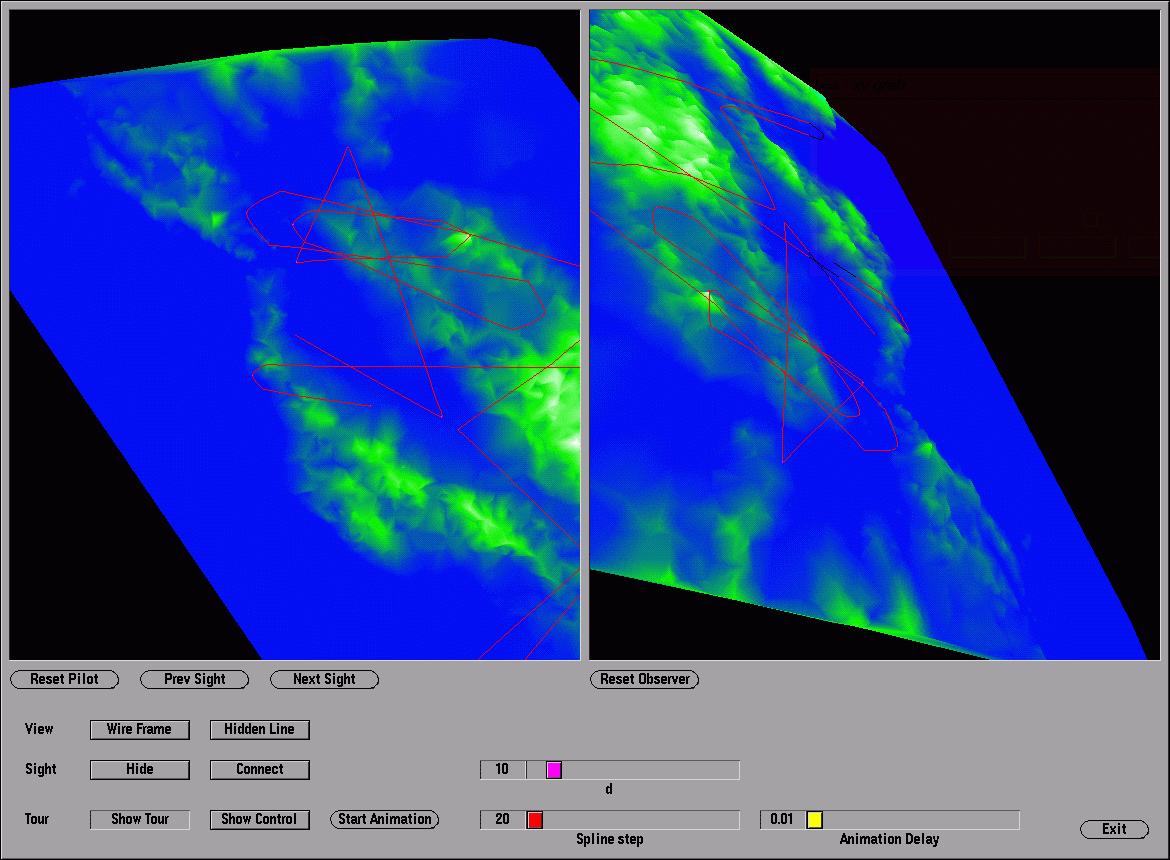|

|
-
T
State of the Art in Example-based Texture Synthesis
- Li-Yi Wei, Sylvain Lefebvre, Vivek Kwatra, and Greg Turk
- Eurographics 2009 STAR
- [paper] [slides (part 1, by Li-Yi)] [slides (part 2, by Sylvain)]
|
|
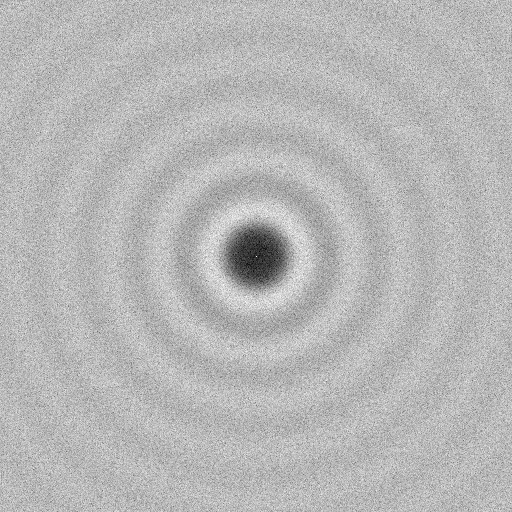
|
-
PSGT
Parallel Poisson Disk Sampling
- Li-Yi Wei
- SIGGRAPH 2008
- [paper] [video (zipped)] [talk] [code (MS only - for now)]
- I wrote the paper from a sampling point of view, but at my presentation I motivated the problem as a new potential methodology for parallelizing algorithms. You might want to check out my talk slides as this new information is not in the official paper.
|
|
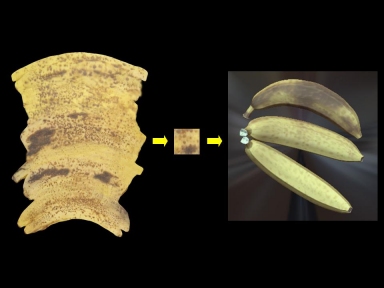
|
- TG
Inverse Texture Synthesis
- Li-Yi Wei, Jianwei Han, Kun Zhou, Hujun Bao, Baining Guo, Heung-Yeung Shum
- SIGGRAPH 2008
- [paper] [video] [talk] [code (MS only)]
- You might also want to check out a related paper in CVPR 2008: "Summarizing Visual Data Using Bidirectional Similarity".
|
|

|
-
PSGT
Parallel White Noise Generation on a GPU via Cryptographic Hash
- Stanley Tzeng and Li-Yi Wei
- SIGGRAPH Symposium on Interactive 3D Graphics and Games 2008
- [paper] [video] [talk] [code (MS only)]
- This is a technique that generates uniform random numbers in a totally parallel and random-accessible fashion. The basic idea is very simple: given an input that can be trivially produced in parallel (e.g. a linear ramp), use cryptographic hash to scramble the individual samples independently and in parallel, and the output set will exhibit white noise statistics.
This is not the first idea of using hash for parallel + random-accessible noise, but this paper is the first one to propose (and officially prove) that cryptographic hash is the choice to beat.
I conjured up this idea around year 2004 (while studying cryptography as a side project), but couldn't really implemented the thing until commodity GPUs support integer shader arithmetic. This technique not only provides high quality but also runs faster than other techniques with similar qualities (at the time of publication). It is also good for real-time graphics as the usage scenario is just like texture mapping; i.e. you supply texture coordinates as an input and we compute (instead of fetch) an output texture that is a white noise.
|
|
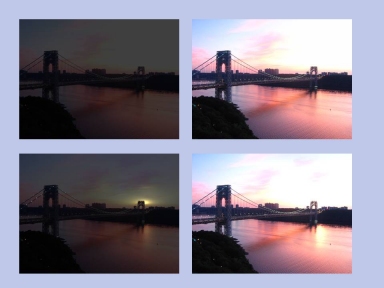
|
-
HT
High Dynamic Range Image Hallucination
- Lvdi Wang, Li-Yi Wei, Kun Zhou, Baining Guo, Heung-Yeung Shum
- In EUROGRAPHICS Symposium on Rendering 2007
- [paper] [video] [talk] [code (MS only)]
- A certain attendee during a certain SIGGRAPH conference commented to me that "he really had enough for all these HDR and texture synthesis papers". This paper is a combination of these two.
|
|
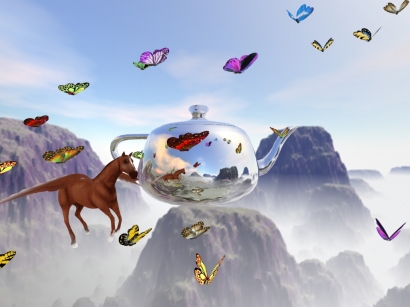
|
- G
Nonlinear Beam Tracing on a GPU
- Li-Yi Wei, Baoquan Liu, Xu Yang, Ying-Qing Xu, Baining Guo, Chongyang Ma
- Microsoft Research Technical Report MSR-TR-2007-168
- Earlier version is MSR-TR-2007-34
- [code (MS only)]
|
|

|
-
GH
Rendering from Compressed High Dynamic Range Textures on Programmable Graphics Hardware
- Lvdi Wang, Xi Wang, Peter-Pike Sloan, Li-Yi Wei, Xin Tong, Baining Guo
- SIGGRAPH Symposium on Interactive 3D Graphics and Games 2007
- [paper]
- This paper presents a compressed high dynamic range texture format implemented on top of DX9 level graphics hardware. I believe it is very useful for games as DX9 and DX10 level hardware has yet to offer a satisfactory HDR texture format. Our technology offers high decompression quality, a 3:1 compression ratio, fast decompression via pixel shader, and native texture filtering via DXT5. The paper also discusses design tradeoffs that might be interesting to academia people (turns out it is a very challenging problem to design a near optimal compression format constrained by real hardware). Unlike SIGGRAPH, we start this project with practical applications in mind and the gaming industry has already started to adopt our technology.
|
|

|
- T
Context-Aware Textures
- Jianye Lu, Athinodoros Georghiades, Andreas Glaser, Hongzhi Wu, Li-Yi Wei, Baining Guo, Julie Dorsey, Holly Rushmeier
- ACM Transactions on Graphics, Volume 26, Issue 1 (January 2007)
- This is a collaboration between Yale and MSRA. This is how we divided our job: Yale people did all the hard work (capturing, analysis, and paper writing) and MSRA people did all the fun work (texture synthesis and rendering). I liked this deal a lot and I am looking forward for future collaborations.
|
|

|
- T
Fast Example-based Surface Texture Synthesis via Discrete Optimization
- Jianwei Han, Kun Zhou, Li-Yi Wei, Minmin Gong, Hujun Bao, Xinming Zhang, Baining Guo
- The Visual Computer (Pacific Graphics 2006)
- [paper] [video] [talk]
- The key result of this paper is animated texture flows on arbitrary surfaces. This cannot be adequately shown by static images (or even animated gifs), so it is best to take a look at our video. Our key algorithm is a discrete solver, combining texture optimization with k-coherence. I believe this achieves the best quality/performance tradeoff among existing techniques. Furthermore, it is amenable for GPU implementation.
|
|

|
- O
Visualizing Flow Fields by Perceptual Motion
- Li-Yi Wei
- Microsoft Research Technical Report MSR-TR-2006-82 June 2006
- [paper]
- Some little experiments showing that a static picture can produce animation sensations. Human perception is treacherous.
You might also want to check out a related paper in SIGGRAPH 2008: "Self-Animating Images: Illusory Motion Using Repeated Asymmetric Patterns".
|
|

|
- G
Multi-Layer Depth Peeling via Fragment Sort
- Baoquan Liu, Li-Yi Wei, Ying-Qing Xu
- Microsoft Research Technical Report MSR-TR-2006-81 June 2006
- [paper]
- I know reading and writing the same frame-buffer-object within the same rendering pass is hazardous, but I couldn't avoid my desire to abuse it. So I presented this little naughty trick to peel 8 layers of fragments per rendering pass. The k-buffer paper continued this abuse, and also started some interesting ideas on programmable ROP (which I believe will become reality in near generation GPUs).
|
|

|
- G
Real-time Multi-perspective Rendering on Graphics Hardware
- Xianyou Hou, Li-Yi Wei, Heung-Yeung Shum, Baining Guo
- EUROGRAPHICS Symposium on Rendering 2006
- [paper] [video] [talk]
- I started to believe that polygon rasterization can be used to render secondary rays as well. See my "Nonlinear Beam Tracing" paper for the second foray.
|
|

|
- G
Silhouette Texture
- Hongzhi Wu, Li-Yi Wei, Xi Wang, Baining Guo
- EUROGRAPHICS Symposium on Rendering 2006
- [paper] [video] [talk]
- This paper is totally Hongzhi's idea, and I just help him polish and write the paper. Hongzhi was only an undergrad while working on this paper.
|
|
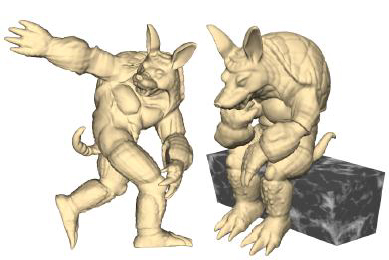
|
- O
Subspace Gradient Domain Mesh Deformation
- Jin Huang, Xiaohan Shi, Xinguo Liu, Kun Zhou, Li-Yi Wei, Shanghua Teng, Hujun Bao, Baining Guo, Heung-Yeung Shum
- ACM SIGGRAPH 2006
- This is my first non-first-authored paper. I learned mesh/geometry processing from scratch during this project; it is a very rewarding experience.
|
|

|
-
GT
Tile-Based Texture Mapping
- Li-Yi Wei
- GPU Gems II 2005
- They offered me free book copies, so I thought it is worth the little work of porting my Graphics Hardware 2004 paper into a book chapter.
|
|
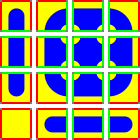
|
-
GT
Tile-Based Texture Mapping on Graphics Hardware
- Li-Yi Wei
- SIGGRAPH/EUROGRAPHICS Conference on Graphics Hardware 2004
- My only paper with NVIDIA. I did it primarily to escape from the routines of my GPU architecture day job. The unofficial record is that I am the first NVIDIAN who ever published a paper totally unrelated to the main job functions.
|
|
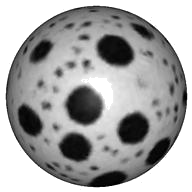
|
- T
Texture Synthesis from Multiple Sources
- Li-Yi Wei
- SIGGRAPH 2003 Sketches and Applications
- This sketch applies multi-source texture synthesis to two main applications: texture mixtures and solid texture synthesis from 2D views. The former has been extended in [Zhang et al. 2003] and [Matusik et al. 2005], and the latter by [Kopf et al. 2007].
|
|
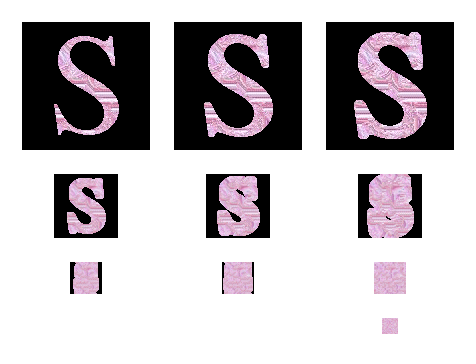
|
- TP
Order-Independent Texture Synthesis
- Li-Yi Wei and Marc Levoy
- Rejected from SIGGRAPH 2003
- I really like this idea, but couldn't convince SIGGRAPH about its value. Fortunately, Sylvain Lefebvre and Hughes Hoppe later made it practical on a GPU. See their paper here.
|
|
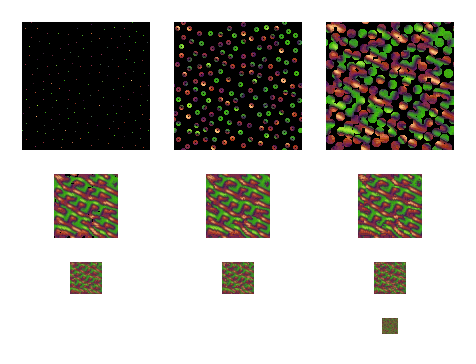
|
- TP
Order-Independent Texture Synthesis
- Li-Yi Wei and Marc Levoy
- Technical Report TR-2002-01, Computer Science Department, Stanford University, April, 2002
|
|
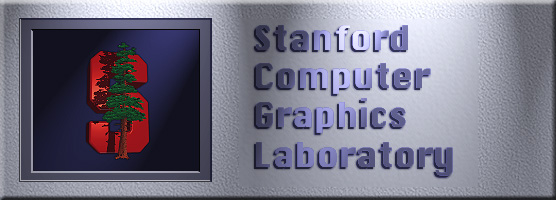
|
- T
Texture Synthesis by Fixed Neighborhood Searching
- Li-Yi Wei
- Ph.D. dissertation, Stanford University, November 2001
- My thesis actually got cited. (You must have heard of the joke about inserting a $20 bill into one's dissertation in the library and found out it is still there 20 years later, right?)
|
|
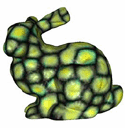
|
- T
Texture Synthesis over Arbitrary Manifold Surfaces
- Li-Yi Wei and Marc Levoy
- Computer Graphics (SIGGRAPH 2001 Proceedings)
- This paper continued my (in)famous career in computer graphics.
|
|

|
- T
Fast Texture Synthesis using Tree-structured Vector Quantization
- Li-Yi Wei and Marc Levoy
- Computer Graphics (SIGGRAPH 2000 Proceedings)
- This paper started my (in)famous career in computer graphics.
|
|

|
- T
Deterministic Texture Analysis and Synthesis using Tree Structure Vector Quantization
- Li-Yi Wei
- Proc. SIBGRAPHI '99
- This is my first publication. Even though much less well known than my SIGGRAPH 2000 paper it serves an important historical evidence, proving that my TSVQ algorithm was derived from [Popat and Picard 1993], not [Efros and Leung 1999] (which is a great paper; don't get me wrong).
|
|

















































